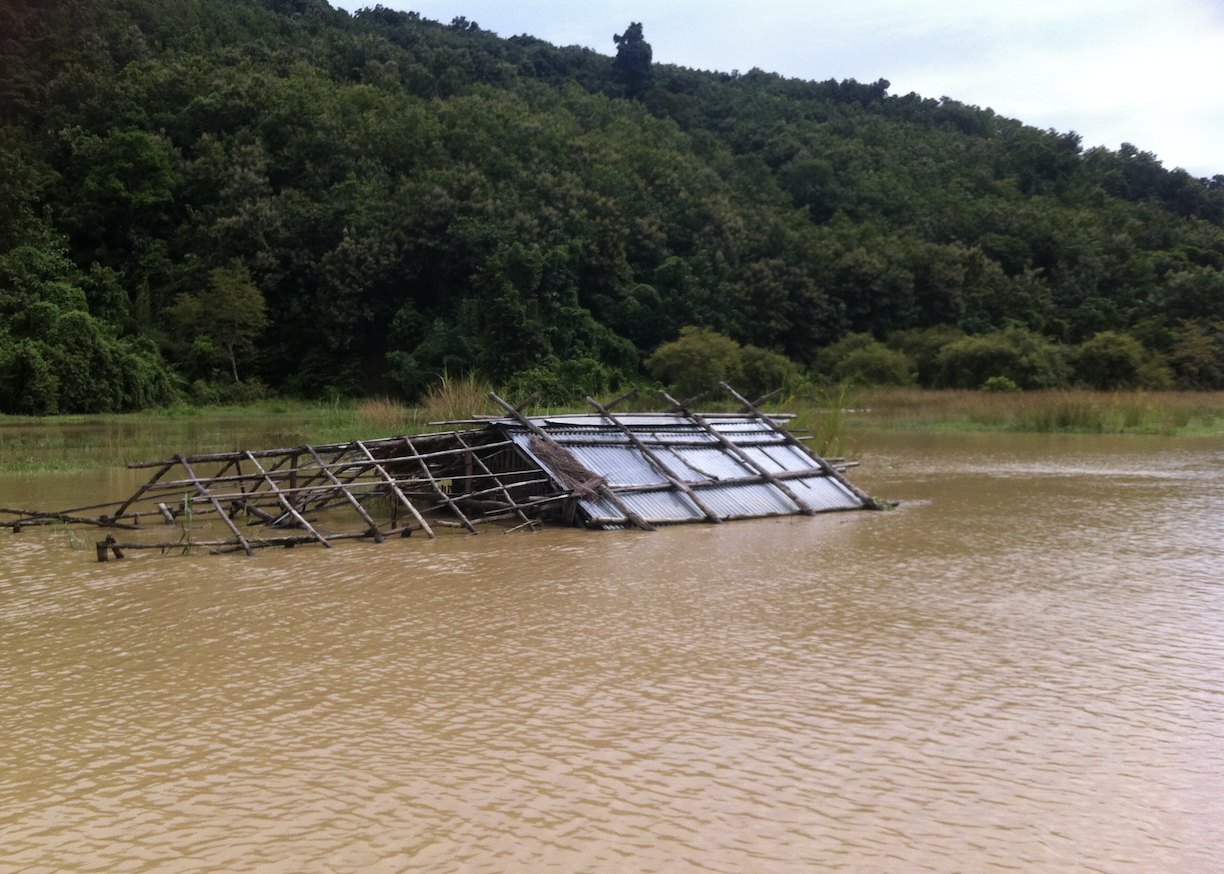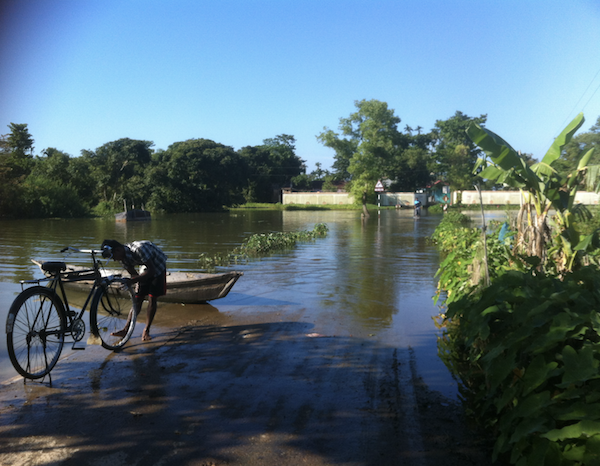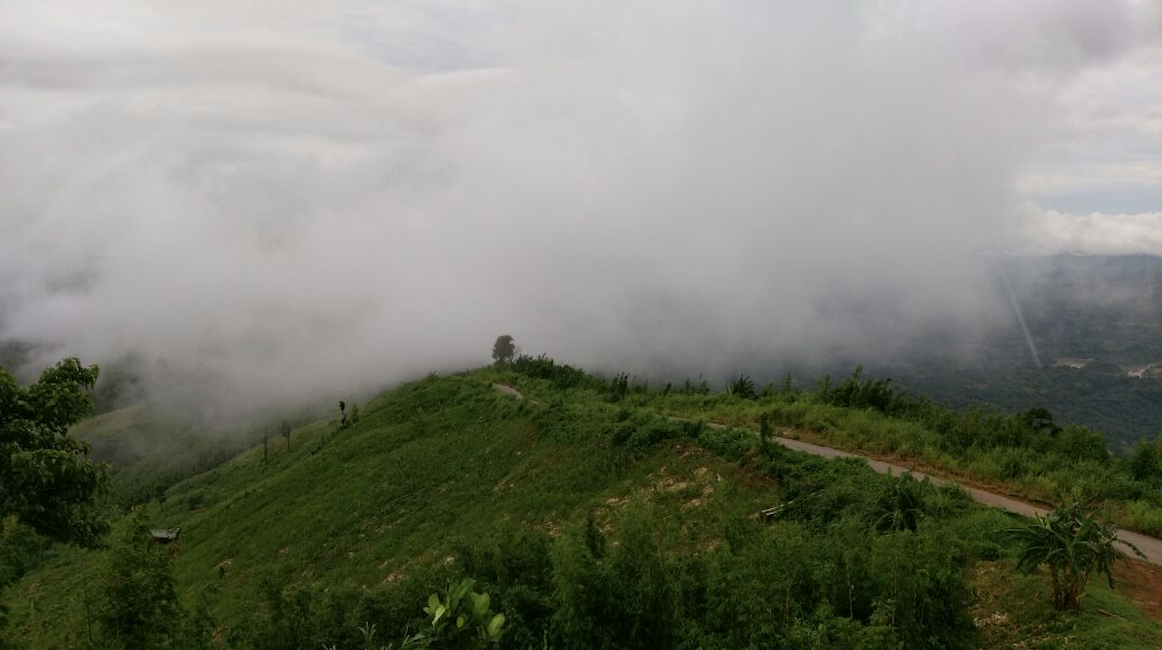In early 2016, the Earth Observatory of Singapore (EOS) installed a network of seismic stations in northeastern Bangladesh called TREMBLE - Temporary Receivers for Monitoring Bangladesh Earthquakes. The aim of TREMBLE is to monitor seismicity and study body waves - seismic waves that move through the earth’s interior. TREMBLE also enables shallow tomographic studies. It is an ongoing collaboration with Dhaka University’s Department of Geology.

Bangladesh has a long history of floods and earthquakes. With the 8th largest population in the world, it has a limited land area of just 147,570 square kilometres (km2). It also lacks infrastructure that can withstand earthquakes.
Having this many people in such a small area is potentially disastrous in the event of an earthquake. It is thus important that we better understand what is happening seismically in the area - particularly the interactions between the Chittagong fold belt and the Dauki thrust fault.
As a research assistant at EOS, I travel to Bangladesh every three months to collect data that has been recorded at each of the 28 seismic stations in order to process it. My most recent trip was particularly challenging, as it took place during the end of the monsoon season.

Flooding is quite common in Bangladesh, as the monsoon season brings excessive rainfall to the country. In fact, about 80% of Bangladesh’s annual rainfall occurs from June to October, and by the end of the monsoon season, almost one third of the country is usually underwater. Bangladesh’s economy benefits from this monsoon rain, which is crucial to farming.
In 2017, however, the monsoon season was longer than expected, leaving two thirds of the country underwater. As a result, more than 600,000 hectares of farmland were damaged and over 10,000 hectares were totally washed away. Hundreds of thousands of people lost their homes and livelihoods. An estimated 8.6 million people were affected.
I had never personally experienced flooding before, and was truly amazed by how the Bangladeshi locals were able to continue living despite the dire conditions.
Due to the flooding, some roads were no longer accessible by car, so I had to walk through knee-deep water. When the water was even deeper, I travelled by small wooden boats to reach the seismic stations. The makeshift wooden boats had been handbuilt to cope with the flooding, and many of them had holes and sank often.

My most memorable experience was riding through the flooded jungle in a slowly-sinking wooden boat in the pitch dark. A man used a pail to syphon water out of the boat, and a boy steered with only a small torch to light the way. Fireflies danced all around us.
We were told that one of our seismic stations had been carried away by a nearby river that overflowed during the monsoon. Upon reaching the site of the station, I found that the water had receded back into the river. The bamboo houses that were once built there had been destroyed or carried away by the flooded river.
At first glance, it seemed that the seismic station was indeed gone. But after searching the grounds for some time, I spotted the remains of a severed solar panel wire poking out of the ground. I started digging, and found the seismic station buried 3 feet underground. It seems that the flooded river had deposited 3 feet of sediment across the entire region, and even the villagers were unaware.
There were also problems that affected other seismic stations. Many stations suffered from ant and rat infestations. The pests chewed through cables and ruined the instruments, which then had to be repaired or replaced.

Despite the challenges faced during data collection, I was able to see some of the most awe-inspiring places in Bangladesh. I visited Cox’s Bazaar, the longest natural beach in the world, and Thanchi, one of the remotest parts of the country at 3,500 feet above sea level. At Thanchi, I visited a station located at an orphanage in the mountains. The view was truly spectacular and, to get there, I had to drive through clouds on the highest road in Bangladesh.
At last, as the monsoon season came to an end, so did my eventful trip in Bangladesh.